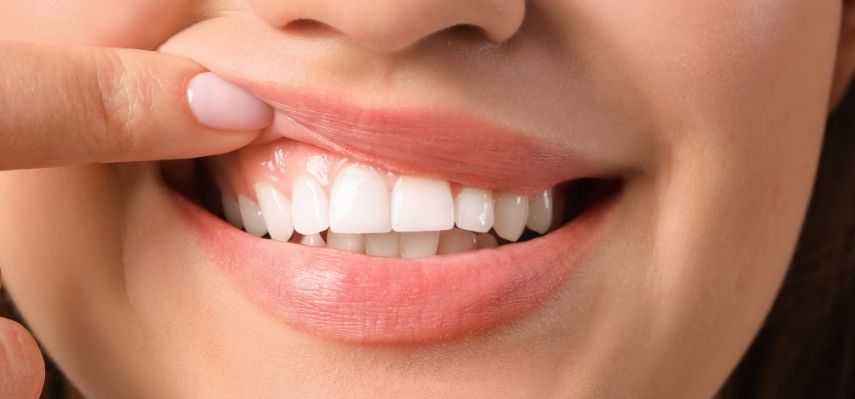
A healthy mouth is home to hundreds of types of good and bad bacteria. Due to poor hygiene, harmful bacteria establish an invisible colony on the teeth and gums, known as “plaque biofilm.” Gradually, it turns into a hard crust that cannot be removed by brushing. This crust, like a termite, loosens the tooth’s grip on the jaw and eventually leads to tooth loss. Long-term pyorrhea increases the risk of infection in the bloodstream, affecting the entire body.
The most important cause of gum disease is poor oral hygiene. Habits such as eating junk food, soda and sugar, and smoking, as well as genetics, also increase the risk. Some medical conditions (including diabetes and Down syndrome), certain medications such as nifedipine (for heart disease) and phenytoin (for epilepsy) can cause abnormal swelling of the gums. Changes in female sex hormones during puberty and menstruation can also make them more susceptible. 8 out of 10 people over the age of 35 suffer from some type of gum problem.
Check your gum health by asking yourself the following questions:
- Do your gums look swollen?
- Have you ever had your gums bleed while brushing?
- Have your gums receded, making your teeth look longer?
- Are any of your teeth moving but not causing pain?
- Have your parents or siblings lost their teeth prematurely?
- Is the space between your teeth slowly increasing?
- Does your mouth smell bad?
If you answered 'yes' to one or more of these questions, or if you are pregnant or have a medical condition such as diabetes or heart disease, you should definitely see an M.D.S. Periodontist (a specialist in gum disease) for a gum exam. Brushing and flossing twice a day and visiting the dentist once a year are important for maintaining good oral health.



